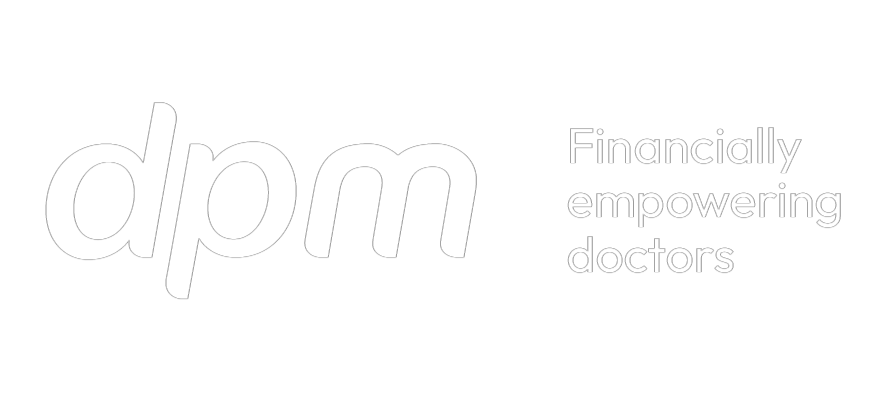A common feature of many medical legal structures is the use of a “service entity” to provide medical practitioners who operate their practices within the structure with the facilities to run their practice, in return for the payment of a service fee.
Included within these “facilities” are often a licence to use consulting rooms, administrative support and patient invoicing.
The service entity usually takes the form of a unit trust or a discretionary trust with a corporate trustee and the owner practitioners are the beneficial holders of units / interests in that service entity trust. As such, the owner practitioners are entitled to distributions from the trust.
Another feature of a service entity which many practitioners utilise is to direct that all patient fees be paid into the service entity’s bank account which is transferred to the practitioner at the end of each month, less the applicable service fee retained by the service entity.
Payroll tax for Victoria-based doctors
The above is quite straightforward and has been standard practice for many years.
However, did you know that in certain circumstances, the amount paid to the practitioner (which is in effect a return of their patient fees) could be subject to payroll tax in Victoria?
A recent decision by the Court of Appeal of Victoria confirms that such payments were determined to be deemed “taxable” wages in the hands of the service entity and therefore, as the service entity was over the payroll tax threshold, it was liable to remit payroll tax on these amounts with a retrospective application. This decision is known as the “Optical Superstores Case” (Commissioner of State Revenue v The Optical Superstore Pty Ltd [2019] VSCA 197).
The taxpayer sought leave of the High Court to appeal the decision of the Court of Appeal. The High Court has refused the taxpayer’s application for special leave, stating that the decision of the Victorian Court of Appeal was not attended by sufficient doubt to warrant the grant of special leave to appeal: [2020] HCASL 16.
This outcome, can have a catastrophic effect on the cash flow of a service entity. Not only that, if there is a historical exposure, penalties and interest may arise on amounts not previously brought to account.
Quite reasonably, many practices may not have ever turned their mind to a service entity arrangement giving rise to payroll tax at all on the basis that the practitioners are not employees and therefore not deriving wages. This case demonstrates however, that given a particular factual circumstance, all that is required to trigger a payroll tax obligation is that a “payment” be made in relation to “a contract for services”. This case is also authority for the proposition that even a return of money held on trust, is not outside the scope of payroll tax.
The resultant effect is that the reach of payroll tax is now far broader than it ever has been.
It is therefore very important that if you have a service entity arrangement on foot, it be reviewed periodically to determine whether the service arrangement has characteristics that are analogous to the ‘Optical Superstore Case’.
Learnings from this case for Victorian doctors
With any type of court case, it is important to be aware that the ultimate decision reached by the Court of Appeal in The Optical Superstore Case turned on the specific facts of this matter.
Relevantly, the service entity arrangement with the practitioners involved the following:
- There was a contract on foot between the service entity and The Optometrist Entities which included a tenancy arrangement;
- The service entity was engaged as an “agent” of The Optometrist Entities to collect patient fees and manage them in a bank account on their behalf;
- The Optical Superstore sold optometry products which were considered “in connection with” the services; and
- The engagement by the practitioners under the Contract had the flavour of a deemed “employment” relationship. This is because the practitioners were paid a set hourly rate regardless of attendance and there was a “location attendance premium” which was paid where the reimbursement amount was negative.
If you have a service entity arrangement which includes any of the characteristics described above, we recommend that you have the arrangement reviewed to determine whether a historical exposure for payroll tax exists as corrective action may be required. This is because we can no longer rely on the presumption that payments made to medical practitioners who have a beneficial interest in patient fees held on trust for them by a service entity are excluded from Payroll Tax.
It all sounds more complex than it is but you are required to take a few steps to make sure you do things right from the beginning to avoid potential surprises down the track. If you would like any assistance with obtaining the right legal structure for your medical practice, please contact Josh Flett for a preliminary discussion.
Disclaimer: This article was outsourced. DPM communications are intended to provide commentary and general information. They should not be relied on as legal or financial advice. Formal legal advice should be sought in particular transactions or on matters of interest arising from this communication.






